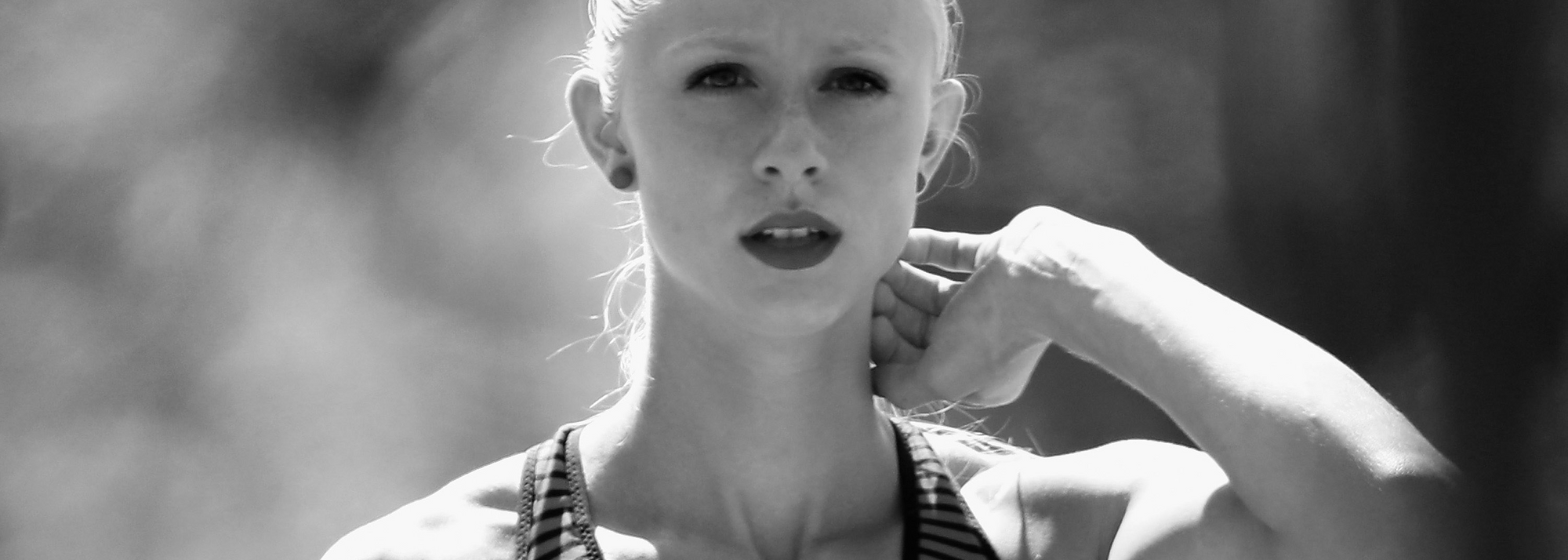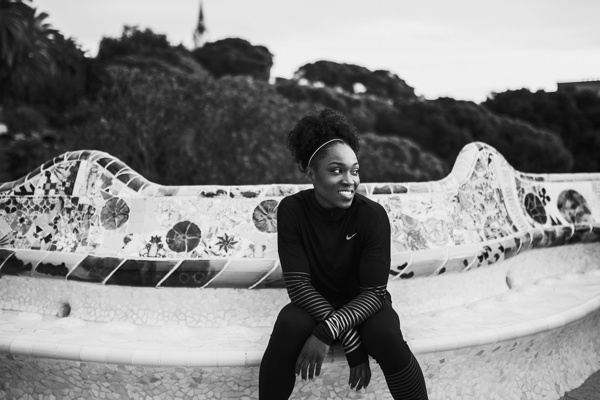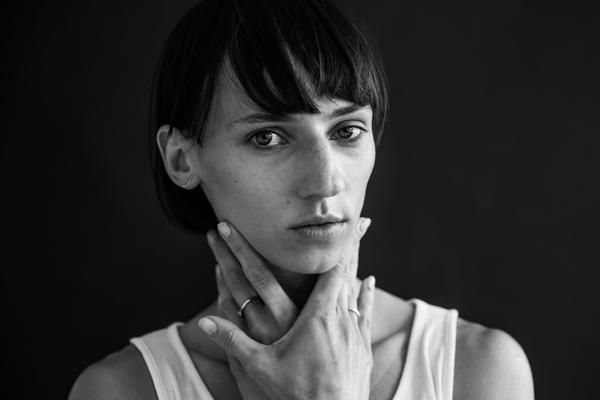Sage Watson
by Sage Watson
When I was starting to take big steps forward as an athlete, while studying at the University of Arizona, my coach Fred Harvey told me something that has stayed with me: "know your why."
What’s your reason for doing this? In truth it can apply to any walk of life. What’s the reason you’re doing your job? What’s the reason you’re choosing a certain career?
For me, it’s crucial to understand my why when it comes to track and what I want to pursue in this sport because – let's be honest – it requires so much of you.
Over time, I’ve become aware that what I want most is to be a role model for young Canadian girls and women – that’s what I remind myself of when I’m going through struggles.
I think of what it was like for me at that age. As a young girl, I looked up to a few Canadian athletes but it always seemed there was nobody who really looked like me – I was a skinny blond girl from Canada and until I watched the Olympics in 2004 on TV, I didn’t know I was a fit to be a sprinter.
It’s why, these days, I like to make sure my social media is very positive and sends the right message to young athletes. I’m always willing to answer messages from young girls because I remember being that age and asking role models for advice. It meant the world when you got a reply and when you have someone to look up to who does positive things.
A few months ago, I wrote an Instagram post that reflected on my experiences growing up and I discussed the messages I got in recent years from young girls about body image.
Me? I was always so self-conscious of my body in junior high and going into high school – I was just skinny.
I had no hips, no boobs and as all the rest of the girls were developing them, I was still just this skinny girl and I was so self-conscious about it. When we’d go swimming it created such anxiety and I know a lot of girls can relate to that: putting on a bathing suit and going in front of your whole entire class can be a pivotal moment in a young girl’s life.
So many people spend so much time disliking their body and any apparent imperfections. It’s understandable, but then you think: why would I hate on my body?
This body made me become an Olympian, this body made me become a professional athlete so I want to say to girls: don’t hate your body because you don’t know yet what it’s capable of. It’s what makes you you and no matter what your body looks like, you should love it and treat it with respect.
Growing up, my earliest memories as a runner were always with my Mom. She was in the police force and would run to stay fit. One time she was in a torch relay where they ran across Southern Alberta, where I’m from. My Dad drove me to where my Mom was racing and I got to run with her. I still have the photo of us and it’s the coolest thing to have that moment to look back on – where my running gift and the dream all started.
My parents knew from a young age I would be a runner. I ran everywhere with my Mom and would love watching her race, so it was a no-brainer when I took up track and field. Ever since, my parents have been super supportive of every decision I made since I started chasing this dream.
But it’s not easy thing to do. Far from it.
After high school I moved to the US to attend Florida State University for three years and then did another two years at the University of Arizona. Being away from those you love can be a struggle at times, but my coach and my boyfriend are with me there in Tucson and it’s just a case of making regular phone calls to my family. No matter the issue, they know what I’m going through and knowing they’re only a phone call away helps, as does knowing I can always hop on a plane and go back and see them if needed.
In this sport, it’s the small choices and sacrifices that can add up to a big result – as long as you’re willing to persist.
At the beginning of this year I was still dealing with a serious foot injury and was trying so hard to get back on track, trying to race. I knew the Doha Diamond League was coming up in May – one I always wanted to go to, especially this year with the World Championships being there.
But with my injury it just wasn’t realistic so I had to shift my goals: this isn’t going to happen, what can I work towards next? That got me through those injuries and still believing in myself even when there’s days where you’re like, can I do this? Can I make this team? Can I get to this race?
In moments of doubt, it helps to have a good support system. It's nice to train with an athlete like Georganne Moline – a professional athlete following the same career path. The track and field community is close-knit, everyone has had their share of troubles so you can sit down with almost anyone and have that conversation: how did you get through your injury? What did you do?
It’s the memories of those magical moments that keep you going.
As I struggled with injury the last two years I reminded myself of the NCAA Championships in 2017, one of my biggest victories. I also thought back to the World Championships in 2017 and, yeah, at times I started to wonder if I’d ever get back to that stage again. But now I’m ready to do just that.
Doha is approaching fast and the 400m hurdles at the moment is one of the best events in the sport – both for men and women.
That excites the heck out of me.
I love seeing our sport grow and I love that it’s the 400 hurdles that’s helping to drive it. I also love that the world record was broken this year by Dalilah Muhammad. When I see my competitors run fast that only steps up my game. It doesn’t intimidate me, it just makes me think I’ve got to train harder, to get on top of everything, so I can race with these girls.
On top of all the other reasons I'm in this sport, that's my why.








